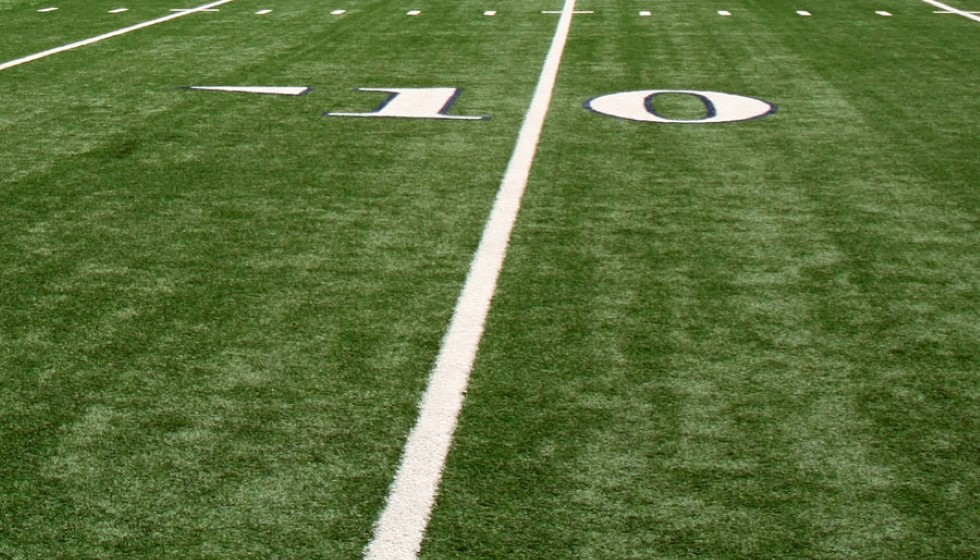
In recent times, a disturbing trend has emerged, with professional athletes increasingly finding themselves targets of burglaries. This surge in invasions has prompted both the NFL and NBA to respond with heightened security measures, hoping to bolster the safety of players whose personal and professional lives are under the constant glare of the spotlight.
Unwelcome Intrusions
Notable athletes such as Patrick Mahomes, Travis Kelce, and Luka Doncic have been victims of these unsettling break-ins. These acts have raised alarms within the sporting communities, prompting swift action from both leagues. The NFL issued a league-wide security alert following the invasions at the residences of Mahomes and Kelce. Similarly, the NBA distributed a security memo to its players in November, following a break-in at Doncic's home in Dallas. These steps indicate a serious escalation in security measures as the leagues aim to protect their talent pool from further intrusions.
The Personal Cost
The personal impact on athletes is profound. Dak Prescott, the star quarterback for the Dallas Cowboys, is another player who has been affected by this trend. His fiancée, Sarah Jane Ramos, was the victim of a burglary that resulted in nearly $40,000 worth of valuables being stolen. The incident took place at a Pilates studio in Dallas, illustrating the vulnerability athletes and their families face, even in public spaces.
Prescott described the emotional toll these events have on individuals who are forced to balance the public nature of their careers with personal safety concerns. "The target that I am, whether it be for a natural robbery, whether it be for losing the game or whatever, I understand the position that I'm in," Prescott noted. "So for me, it's more about today and now protecting my fiancée and my daughter."
Heightened Awareness
Athletes are now adopting enhanced personal security strategies, attempting to create safer environments for themselves and their families. Preserving personal safety has become paramount for these individuals who often live with their names and addresses publicly accessible. "It's not fun. I could say that for sure," Prescott admitted, highlighting the discomfort and fear that accompanies such invasions. He added, "Obviously fortunate to be able to put people and things in place to protect myself, so that's my No. 1 priority."
More Than Just Statistics
The disturbing trend extends beyond just individual anecdotes to encompass broader implications for the world of professional sports. Joe Burrow's home was also targeted during a game between the Cincinnati Bengals and the Cowboys, revealing how criminals exploit public knowledge of an athlete's absence during game time. Prescott reflects on this, pondering the frequency of such crimes. "Who knows how many times that happens a day?" he questioned, underscoring the ever-present danger to those in the public eye.
As professional athletes grapple with these added risks, there is an acknowledgment of the "good with the bad" that comes with fame. Prescott's reflections speak to an understanding shared among his peers: "You weigh the good with the bad. You understand that, as I said, who we are and what we're subject to."
In the wake of these thefts, the leagues' initiatives underscore the need to protect those who contribute so significantly to their organizations and communities. While efforts are being amplified to safeguard these players, the reality remains that athletes are increasingly on high alert, navigating the challenges that come with being a target in their everyday lives.